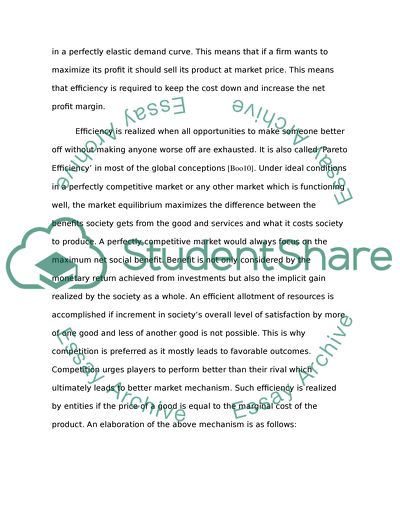Cite this document
(“Explain why Perfectly Competitive Industries are Considered to be Essay”, n.d.)
Explain why Perfectly Competitive Industries are Considered to be Essay. Retrieved from https://studentshare.org/macro-microeconomics/1438923-explain-why-perfectly-competitive-industries-are
Explain why Perfectly Competitive Industries are Considered to be Essay. Retrieved from https://studentshare.org/macro-microeconomics/1438923-explain-why-perfectly-competitive-industries-are
(Explain Why Perfectly Competitive Industries Are Considered to Be Essay)
Explain Why Perfectly Competitive Industries Are Considered to Be Essay. https://studentshare.org/macro-microeconomics/1438923-explain-why-perfectly-competitive-industries-are.
Explain Why Perfectly Competitive Industries Are Considered to Be Essay. https://studentshare.org/macro-microeconomics/1438923-explain-why-perfectly-competitive-industries-are.
“Explain Why Perfectly Competitive Industries Are Considered to Be Essay”, n.d. https://studentshare.org/macro-microeconomics/1438923-explain-why-perfectly-competitive-industries-are.


